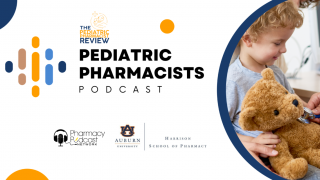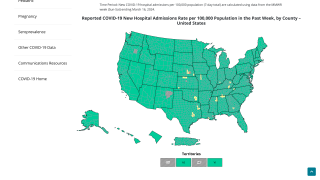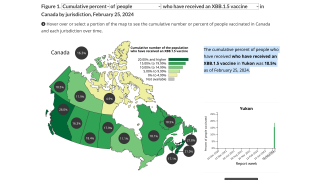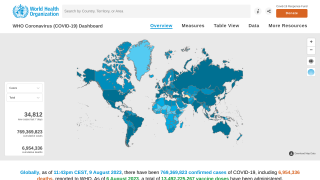Simplified SARS-CoV-2 Detection Protocol Identified

Given the urgent need to develop alternative reagents and approaches to provide nucleic-acid testing in the face of new demand and potential shortages, a research team from Florida Atlantic University (FAU) Schmidt College of Medicine developed a simplified COVID-19 testing protocol that offers a distinct advantage over traditional viral or universal transport medium (VTM).
This testing protocol can detect minimal SARS-CoV-2 using samples from both upper respiratory tract swabs (nasal and throat) and saliva. It can be used in research laboratories with minimal molecular biology equipment, and expertise stated an FAU press release issued on January 12, 2021.
The protocol, published in PLOS ONE in December 2020, utilizes TRIzol (guanidinium thiocyanate/phenol-chloroform) to purify the viral RNA from different types of clinical specimens, requires minimal biosafety level precautions and, given its high sensitivity, can be easily adapted to pooling samples strategies.
Using this simplified protocol, samples are eluted in TRIzol immediately after collection, and RNA is extracted.
Results have shown that this protocol is as efficient, if not more, than the CDC-approved silica-membrane-based RNA purification microcolumns in isolating small amounts of viral and cellular RNA from multiple types of samples (nasal and throat swabs and saliva).
“The high sensitivity of our protocol may be useful in testing patients with low viral titers such as asymptomatic patients or testing individuals before quarantine release. Our method also enables several patient samples to be pooled, decreasing the number of tests required for larger populations,” stated Massimo Caputi, Ph.D., lead author and a professor of biomedical science in FAU’s Schmidt College of Medicine.
“In addition, testing can easily be carried out by any research laboratory equipped with minimal standard equipment. Since saliva can be utilized as a reliable source of the coronavirus, samples can be self-obtained by patients and inactivated in TRIzol, eliminating the need for medical staff and higher-level biosafety protocols and facilities.”
With this new approach, samples are first pooled and tested; positive pools are then retested individually.
This relatively simple solution decreases the testing resources used. Still, it results in a loss in sensitivity from diluting positive patient samples with negative ones, hence the need for highly-sensitive tests that utilize biological materials, like saliva, obtained in larger amounts and can be easily preserved for re-testing.
The protocol uses common chemical reagents in abundant supply and can isolate high-quality RNA that can be utilized for multiple assays and RNA sequencing projects. Also, samples in TRIzol can be preserved at 4 C for more than a week with minimal degradation and little to no viral RNA loss.
Moreover, the ability to use saliva samples, which are as- or more sensitive and reliable than nasopharyngeal swabs, offers an attractive specimen alternative. Nose and throat swabs are the most common upper respiratory tract specimens used for COVID-19 diagnostic testing.
However, the collection of these specimen types can cause discomfort, bleeding and requires close contact between healthcare workers and patients, posing the risk of transmission.
In the most commonly used COVID-19 testing protocols, a healthcare provider collects a nasal or throat swab and transfers it to a vial containing a few milliliters of VTM. The sample is then transported to a laboratory for testing.
The transport and storage can take from a few hours to a few days depending on the distance and processing times of the nearest clinical laboratory. The CDC recommends that specimens are stored at 2 to 8 C for up to 72 hours after collection and at -70 C or lower for more extended periods.
However, the logistics of having multiple sample collection points, chokeholds in the reagents supply chain, and abrupt increases in the demand for testing due to local outbreaks might generate unexpected delays in processing the samples.
“We can expect a high demand for COVID-19 testing in the foreseeable future as testing of the general population and asymptomatic individuals become more widespread,” added Janet Robishaw, Ph.D., co-author, senior associate dean for research and chair of the Department of Biomedical Science in FAU’s Schmidt College of Medicine.
“The lack of control of the pandemic in many underdeveloped countries as well as the continued escalation of COVID-19 in the U.S. also are compelling reasons to increase testing efforts. We are hopeful that a combination of testing approaches, including protocols like ours, could be the most efficient way to fill the current and future gaps in testing.”
This work was supported by the Florida Blue foundation grant, “Developing Predictive Algorithms for COVID-19 Infection in FAU Health Care Workers.”
CoronavirusToday publishes research-based news.
Our Trust Standards: Medical Advisory Committee
























